We attended the inaugural Miami Grand Prix. Here are the 16 best and worst things about the new 'Super Bowl of F1.'
Cork Gaines

- We attended all three days of the inaugural Miami Grand Prix, the most anticipated motorsports event of the year.
- The weekend lived up to the "Super Bowl of F1" hype, with luxury and celebs everywhere and a temporary track that gave fans plenty of entertainment when there were no cars on the track.
- However, like anything new, there were some growing pains, like obstacles getting around, a track that will need to be adjusted for better racing, and an event that may have actually been too "American."
The event lived up to the "Super Bowl of F1" billing
The expectations heading into the race were high, with many anticipating a combination of the glitz and glamour of the Monaco Grand Prix and the over-the-topness of the Super Bowl.
In addition to the non-stop parties all weekend and the luxury style of the race itself, there were celebrities everywhere. Several of the teams noted that they had never seen a race this crazy before, with the paddock swarming with stars who wanted to meet and spend time with the drivers.
The peak came when Lewis Hamilton posed for this photograph with Michael Jordan, Tom Brady, and David Beckham, possibly the most epic photo of sports stars ever taken.
There was luxury everywhere

There was luxury everywhere, even for fans who were not lucky enough to be in the VIP area.
What made this more incredible was that 95% of the infrastructure for the event was temporary. The track itself and the first floor of the garage area are the only permanent fixtures of the course.
In addition to the general high-class vibe, there was comfortable seating everywhere. There were plenty of cabanas, fountains, and even a couple of pools with mermaids.
The glitz, glam, and luxury comes with a price.

While the event lived up to the Super Bowl-level hype, so did the prices. We estimated that it would cost a family of four, at minimum, $2,300 to attend the main race on Sunday and more likely much more than that. One estimate said the owner of the Miami Dolphins stood to make more from the one race than an entire season of NFL home games.
That is not a surprise, but it also raises the question of to whom F1 wants to appeal. There are only three races in the US, and the Las Vegas race, set to debut next year, could rival Miami in terms of cost. That leaves just one race (Austin) that might be accessible to the average sports fan. F1 is growing in the States, but if it wants to keep up that momentum, it will take more than "Drive to Survive" on Netflix.
The famous marina looked amazing, despite the jokes and memes.
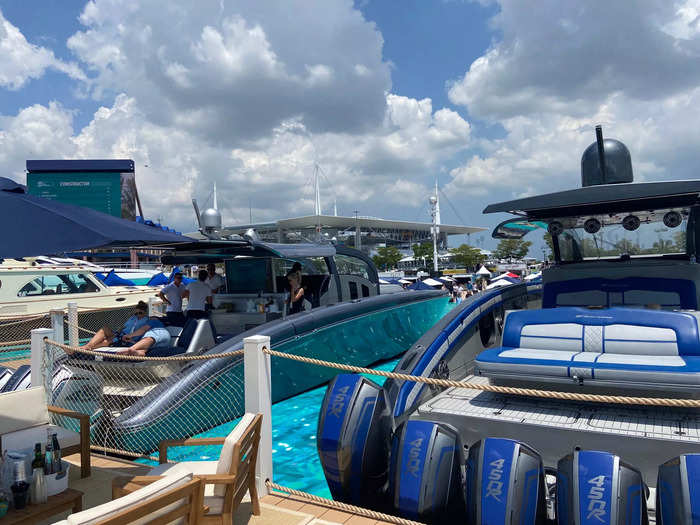
Originally, race officials wanted the race in downtown Miami along the water, much like the Monaco Grand Prix. When that fell through, they settled on Hard Rock Stadium and brought the "water" to the race.
While many mocked the fake water (just plywood painted to look like a crystal clear ocean), the rest of the marina was incredible. If you could afford the $9,500 tickets, it looked like an incredible place to watch the race.
Each boat was different as some had more indoor areas, and some had multiple levels. But they all came with great places to relax and enjoy the show.
OK, but the "water" was kinda terrible.
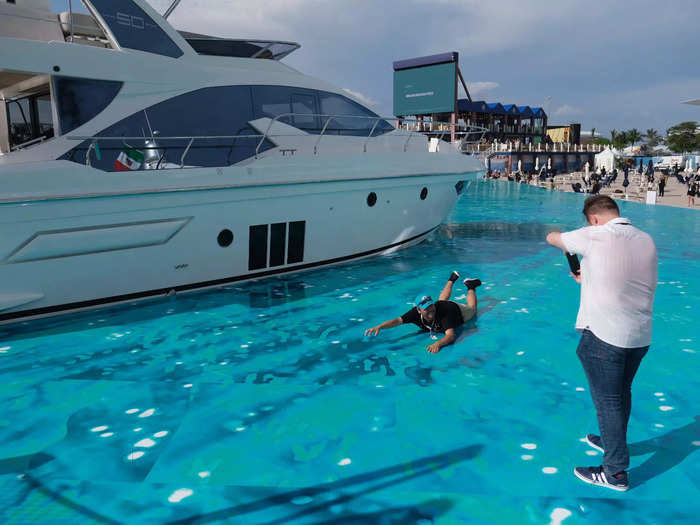
The marina got a lot of attention before the race as most people focused on the fake "water," and it did look silly up close.
But to be fair, it did look much better on television, which might be more important these days.
One downside to all this luxury and "Super Bowl" hype is that the race felt like an afterthought.

There were celebrities everywhere. There were a million things to do. There was live music everywhere.
And oh yeah, there was a race at the end of the weekend if you were still standing.
The Miami GP was certainly more event than race, and that is why having three races in the US will work, as each will provide something different. While Miami offers the luxury and glamour, Vegas will likely take parties to a new level. In the meantime, the hardcore race fans will still have Austin, where the vibe is a little more casual, and the race is still the main event.
But there was plenty to do to keep fans entertained all weekend.
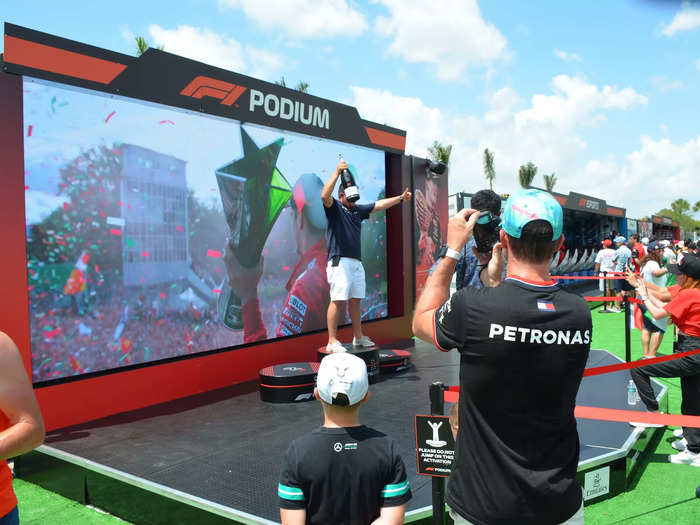
This race certainly felt more like a festival than other races I have attended.
In addition to pools, hundreds of food and drink options, and photo opportunities galore, there were also race simulators, live music in several areas, a chance to practice podium celebrations, and even change tires for a pit stop.
Another downside is the schedule.
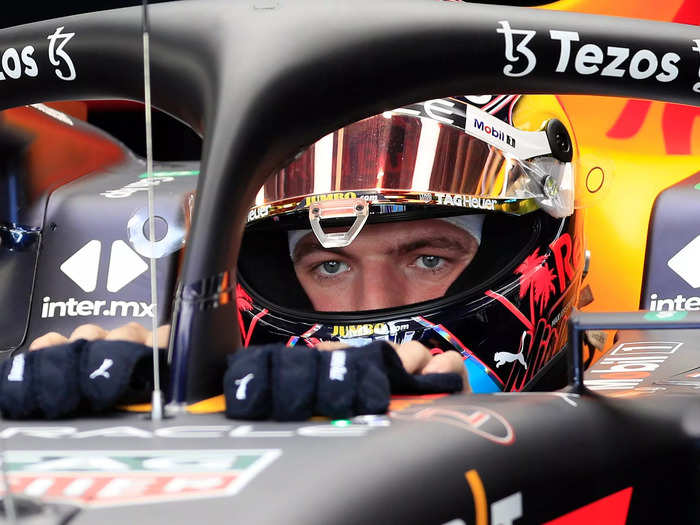
Every driver we talked to spoke about the grueling nature of the schedule and how they would prefer that the season were shorter and better mapped out. In six weeks, the drivers will compete in four races on three continents, going from Australia to Italy, to Miami, and then back to Europe for a race in Spain.
A better schedule would start the season in Australia with the following races in Mexico and Miami, before going to a European/Asian/African portion, and then coming back to North America in the fall for Canada, Austin, and Las Vegas as the final race of the season.
If Miami is F1's "Super Bowl," F1 could steal a page from NASCAR and start the season in Miami to build the hype and spread the event over two weeks. Then go to Mexico and Australia before the "European season."
And the weather didn't help.
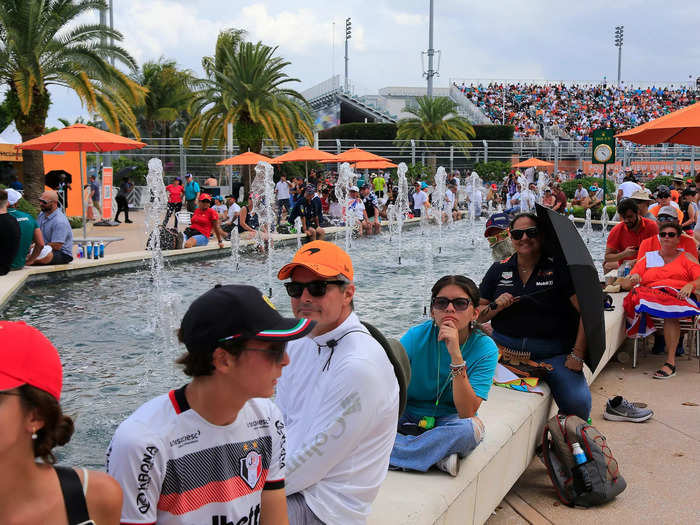
Another benefit to moving the Miami race to the beginning of the season might be the weather.
It was hot. And it was humid.
The drivers all described the weather as maybe the hottest on the schedule. While there were a few areas of respite from the weather, it didn't take long for fans to sweat through their clothes and drivers to lose a few pounds in their cars.
It also didn't help that the track was so big, and it took so long to walk from one area to the next.
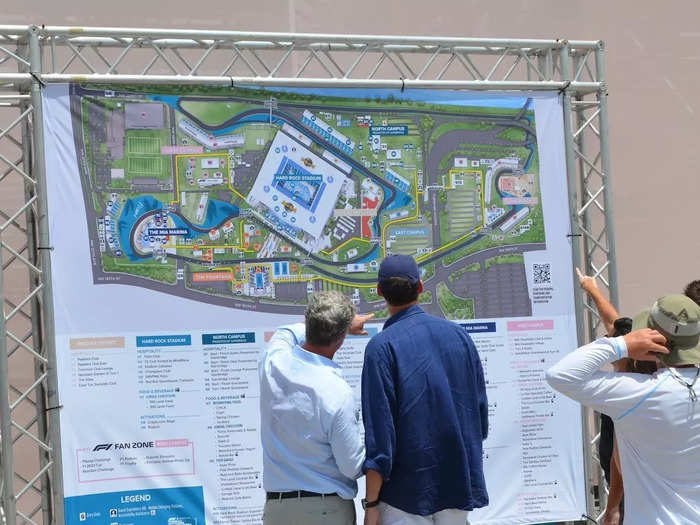
It is no surprise that the area inside a 3.36-mile track will be big, but this track felt even bigger because of how it was laid out.
They filled different areas inside the track with different "campuses." While fans at other races might stay in one section, there were so many sights in Miami that fans were constantly on the move, which often meant a 20-minute walk to another area.
To make matters worse, there were lots of obstacles and barriers — including an NFL stadium right in the middle. That meant there were limited pathways to get from one area to another, and rarely was it a straight line.
And many people got lost.
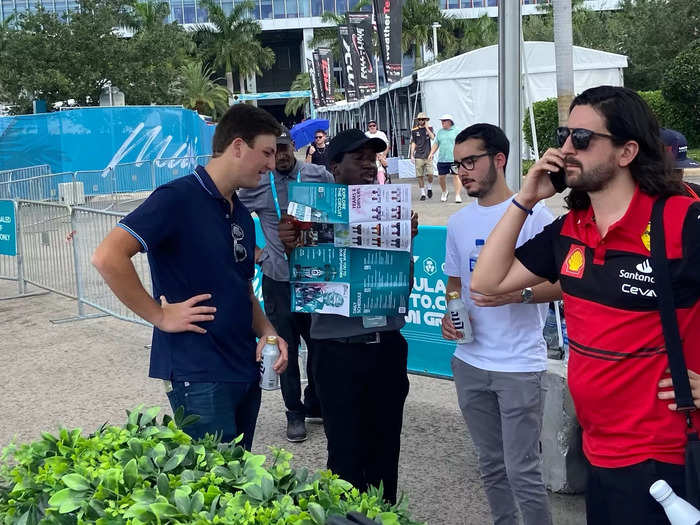
A regular sight was fans asking security or hosts how to get somewhere, as there were not nearly enough signs directing fans to different areas.
While this will undoubtedly improve in future races, there was a steep learning curve this year.
On one plus side, for a small fee, there was a gondola
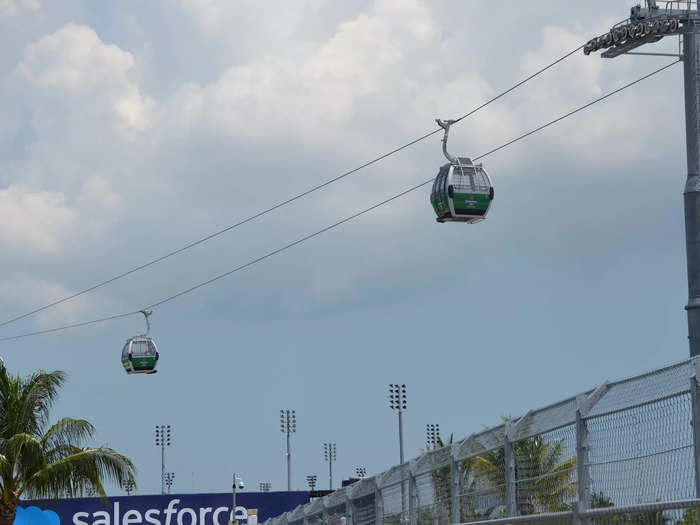
The temporary gondola took you from one side of the track to another for a small fee. It also served as yet another advertisement for Heineken.
The track itself will also need to go through some growing pains.
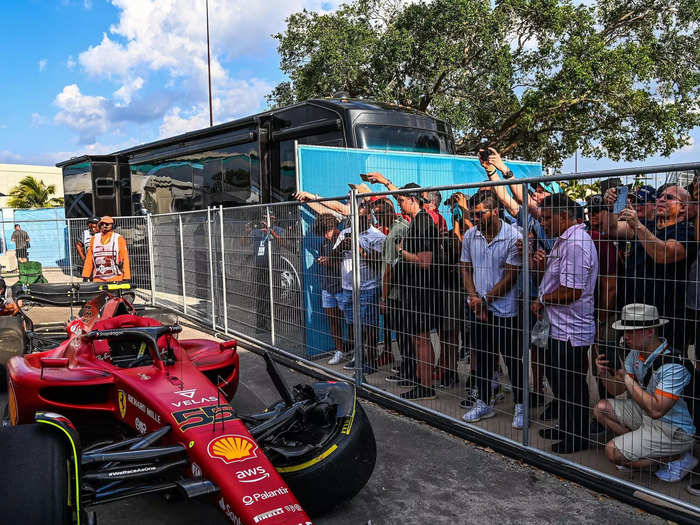
Before the race, drivers were singing praises for the new track. They expected a nice mix of technical driving with speed, multiple racing lines, and lots of overtaking potential.
It turned out there was only one good racing line, and if you left that part of the track, it was like driving on water. Sergio Perez called the racing surface "a joke," while Fernando Alonso called it "not F1 standard."
Drivers were also critical of the tricky chicane at turns 14 and 15, as most mentioned that the corners are far too tight for the large and heavy F1 cars. So expect those complaints to be addressed next year.
The racing might have actually been better than it looked on TV.
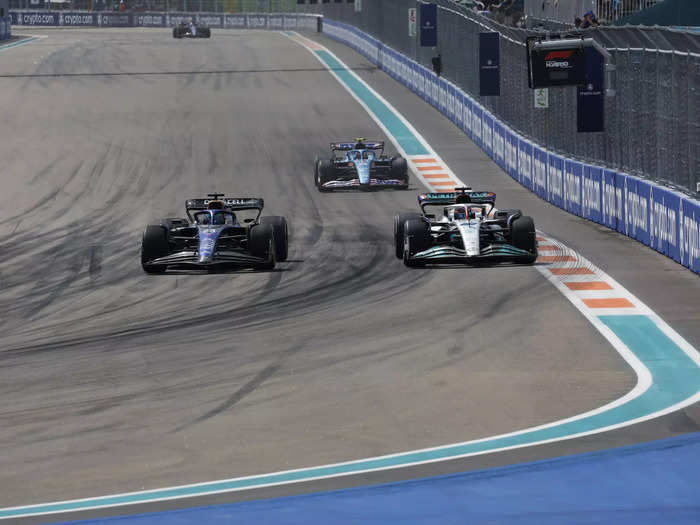
While I watched the race in person, I heard from several people that the broadcast spent a little too much time fixated on the exuberant crowd, and fans may have missed some of the action.
Despite the tricky track, the race delivered on its promise of overtaking opportunities. According to one calculation, the race had 45 overtakes, second only to Bahrain in the five races this season and more than Australia (27) and Imola (13) combined.
It was great to see the W Series used as the support races.
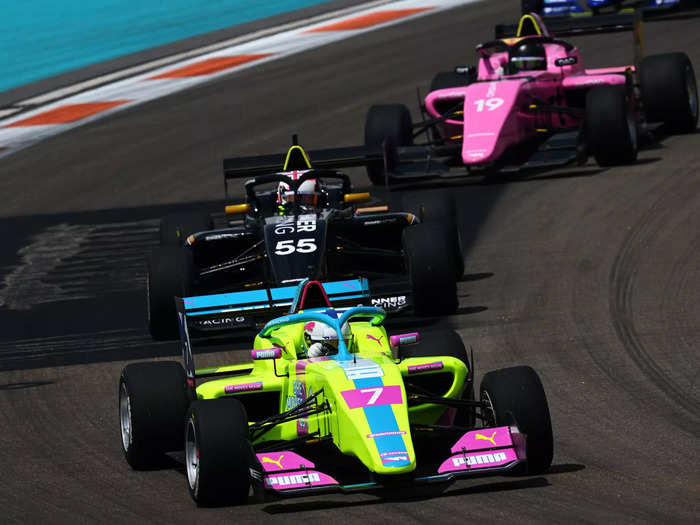
The W Series, an all-women racing series designed to provide more opportunities for female drivers and eventually move women to the top levels of racing, had two races over the weekend.
The races, both won by defending champion Jamie Chadwick, were their first of the season and might have provided the most exciting on-track action all weekend. At a little over 30 minutes each, they were a great warm-up. And with Sky Sports and ESPN signing on to broadcast races this year, the sport will undoubtedly grow exponentially in its third season.
Was the Miami GP too American?
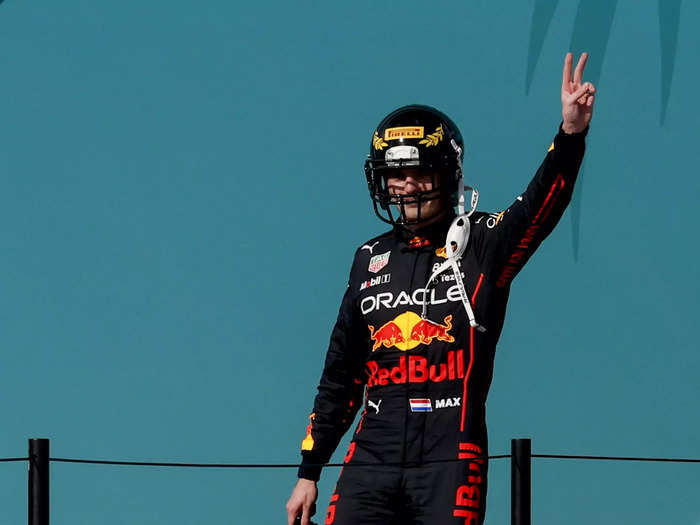
The Miami Grand Prix was supposed to introduce the glitz and glam of F1 to the United States. While that worked, the side effect was introducing a lot of the US to the world of F1.
In addition to Miami- and basketball-themed racing helmets worn by the drivers, the originally scheduled team principal parade (which was later canceled after it raised too many eyebrows), and police escorts, the race reached peak-America, when the top three drivers wore football helmets on the podium after the race.
At times it wasn't clear if we were celebrating F1 or 'Murica.
READ MORE ARTICLES ON
Popular Right Now
Popular Keywords
Advertisement